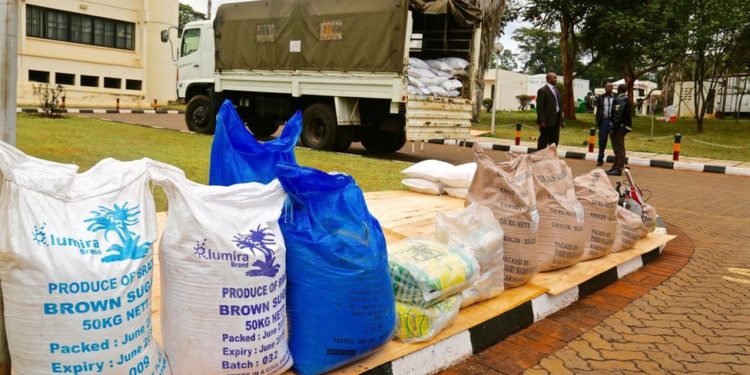Following restrictions by the Indian government on sugar exports, Kenya, which is one of the many dependents on imported sugar, will have to rely more on expensive sugar imports from Uganda. According to data from the Sugar Directorate, the amount of sugar imported between January and March this year was 93,000 metric tons, compared to 46,000 metric tons recorded the previous year in the same period. The overall value of sugar imports will hit KES 23.6 billion by the end of 2022.
Read more: KEBS, NEMA, And KRA Under the Spotlight for The Sugar Scandal
The Indian government tightened the ban on sugar exports as falling production increased, which propelled fears of price hikes. The shortage was induced by reduced harvests of sugar, according to the Indian Sugar Union. In the beginning of 2023, the Indian government restricted sugar exports to 6 million metric tons, which was a decrease from the earlier exports of more than 10 million metric tons. This move has seen many countries that were heavily dependent on Indian sugar opt for alternative sources.
According to a directorate report on sugar imports in Kenya, brown sugar was sourced from Uganda (68%), India (24%), Zambia (9%), and less than one percent from Germany. The majority of East African countries have been relying on imports from the global market to meet their sugar needs following a shortage in the Common Market for Eastern and Southern Africa (COMESA) market, where they source the commodity duty-free. Kenya has been affected the most because of the huge annual deficit that makes the country rely on imports from the neighbouring country, Uganda, to meet the high demand for the commodity, which is highly consumed in the country.
Read more: Addressing Cane Scarcity In The Kenyan Sugar Industry Through Zoning
Kenya’s sugar regulator, under the Sugar Directorate, reported that sugarcane produced within the country by all factories dropped to 405,389 metric tons in April this year from 546,150 metric tons in March and 716,274 metric tons in February 2023, representing a 36% drop in the overall production during this period. The global shortage led to low imports of the product from India, amounting to 14,034 tons of sugar in April, an 85% drop from 93,880 in March, which led to increased imports from Uganda to compensate for the deficit.
















